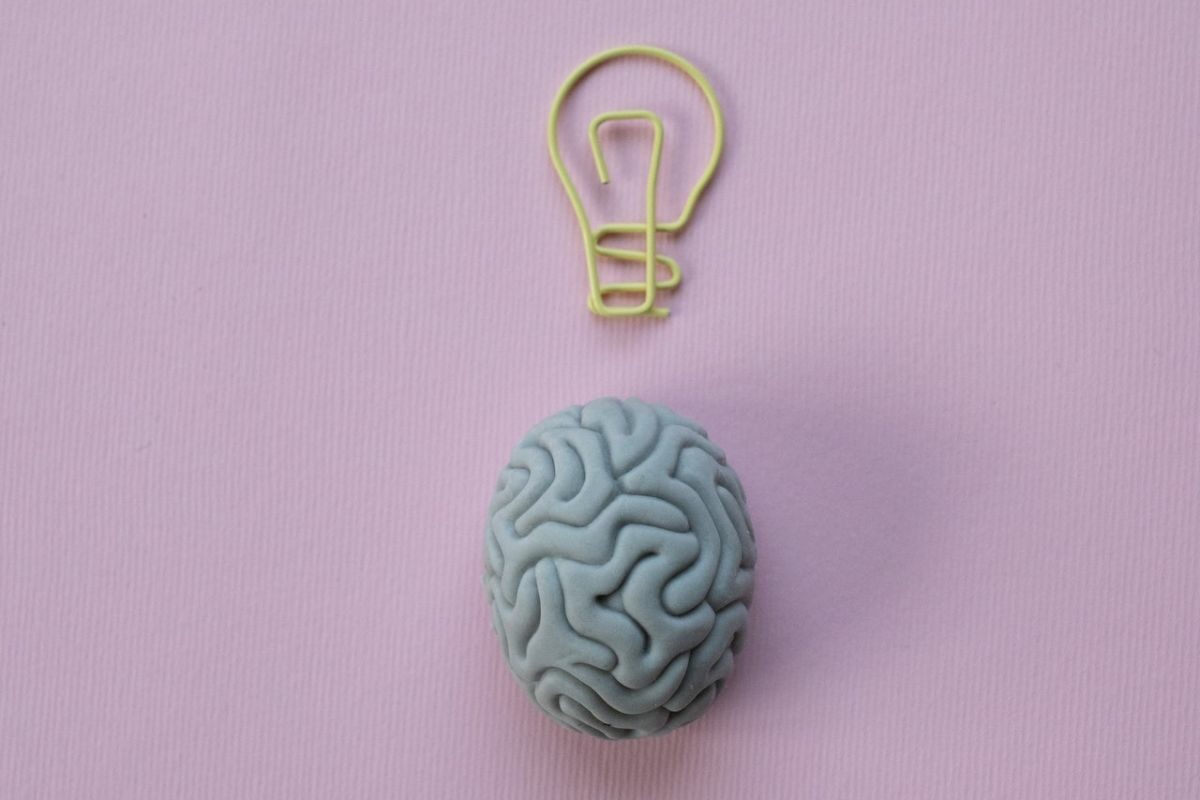Mental Health of Children and Young People in England 2022 report

The Mental Health of Children and Young People in England 2022 report, published today by NHS Digital, showed that among 17 to 19 year olds, the proportion with a probable mental disorder1increased from 17.4% in 2021 to 25.7% in 2022.
This report explores the mental health of children and young people in England in 2022 and how this has changed from 2017, 2020 and 20212. Views and experiences of family life, education, household circumstances, services and employment are examined.
In 2017, 10.1% of 17 to 19 years olds had a probable mental disorder – the rate increased to 17.7% in 2020 but remained stable between 2020 and 2021, when it was 17.4%.
Among 7 to 16 year olds, the proportion with a probable mental disorder was 18.0% in 2022 – up from 12.1% in 2017 but a similar rate to 2020 when it was 16.7% and 2021 when it was 17.8%.
In 2022, among those aged 7 to 10, prevalence of a probable mental disorder was nearly twice as high in boys (19.7%) as in girls (10.5%). Rates of a probable mental disorder were similar in boys (18.8%) and girls (22.0%) aged 11 to 16. Among 17 to 24 year olds, the prevalence was much higher in young women (31.2%) than young men (13.3%).
The findings draw on a sample of 2,866 children and young people who are now aged between 7 and 24 years old3, while information was also provided by parents for children aged 7 to 16. This publication is part of a series of follow up reports to the 2017 Mental Health of Children and Young People in England survey4.
The survey, commissioned by NHS Digital, was caried out earlier this year by the Office for National Statistics (ONS), the National Centre for Social Research (NatCen)5, University of Cambridge and University of Exeter.
Other topics covered in the report include:
Household circumstances
Children with a probable mental disorder were more likely than those without to live in a home experiencing financial strain:
- Among 17 to 22 year olds with a probable mental disorder, 14.8% reported living in a household that had experienced not being able to buy enough food or using a food bank in the past year, compared with 2.1% of those unlikely to have a mental disorder.
- One in five (19.9%) 7 to 16 year olds lived in households that experienced a reduction in household income in the past year. This was more than one in four (28.6%) among children with a probable mental disorder.
- 17.8% of children aged 7 to 16 with a probable mental disorder lived in a household that had fallen behind with bills, rent or mortgage, compared with 7.6% of those unlikely to have a mental disorder.
- 13.6% of children with a probable mental disorder lived in a household where they could not afford to keep the house warm enough, compared with 6.0% of those unlikely to have a mental disorder.
School
Children with a probable mental disorder were more likely than those without to report negative views and experiences at school:
- 11 to 16 year olds with a probable mental disorder were less likely to feel safe at school (61.2%) than those unlikely to have a mental disorder (89.2%). They were also less likely to report enjoyment of learning or have a friend they could turn to for support.
- School absence rates were higher in children with a probable mental disorder; 12.6% missed more than 15 days of school compared with 3.9% of those unlikely to have a mental disorder.
- Looking at all 11 to 16 year olds surveyed, regardless of whether they had a likely mental disorder, 38.6% were worried about the impact COVID-19 has had on their schoolwork and 43.5% were worried about the effect on their future exam results.
Social media
Children and young people with a probable mental disorder were more likely than those without to experience bullying online:
- One in eight (12.6%) 11 to 16 year old users of social media reported that they had been bullied online. This was more than one in four (29.4%) among those with a probable mental disorder.
- 11 to 16 year old social media users with a probable mental disorder were less likely to report feeling safe online (48.4%) than those unlikely to have a disorder (66.5%).
- Among all 17 to 24 year old social media users surveyed, regardless of whether they had a likely mental disorder, young women were almost twice as likely to report having been bullied online (19.5%) compared with 11.3% of young men.
Eating problems
The report includes data on possible problems with eating, which indicates an increased likelihood of problems or broader difficulties with eating. It does not mean that the child or young person had an eating disorder6.
- 12.9% of 11 to 16 year olds; 60.3% of 17 to 19 year olds and 62.2% of 20 to 23 year olds had a possible eating problem in 2022.
- Across all age groups, the rate of possible eating problems was higher in girls than boys: for children aged 11 to 16, the rate was 17.8% in girls compared with 8.1% in boys. For young people aged 17 to 19, the rate was 75.9% in young women, compared with 45.5% in young men.
- In children aged 11 to 16, the rate of possible eating problems rose between 2017 (6.7%) and 2021 (13.0%), and then remained stable between 2021 and 2022 (12.9%).
- In young people aged 17 to 19, the prevalence of possible eating problems rose from 44.6% in 2017 to 58.2% in 2021. Rates remained stable between 2021 (58.2%) and 2022 (60.3%).
Sleep problems
Sleep problems were more common in children and young people with a probable mental disorder than in those unlikely to have a disorder:
- 34.0% of 7 to 16 year olds and 64.0% of 17 to 23 year olds were affected by problems with sleep three or more times over the previous seven nights. Of those with a probable mental disorder, this rose to 72.3% in 7 to 16 year olds and 89.5% in 17 to 23 year olds.
Loneliness
Loneliness was more common among children and young people with a probable mental disorder:
- 5.2% of 11 to 16 year olds and 12.6% of 17 to 22 year olds said they often or always felt lonely.
- Loneliness was higher among those with a probable mental disorder, with 18.0% of 11 to 16 year olds and 28.9% of 17 to 22 year olds reporting often or always feeling lonely.
Self-harm
Children and young people with a probable mental disorder were more likely to report self-harm7:
- 28.3% of 7 to 16 year olds and 68.6% of 17 to 24 year olds with a probable mental disorder had ever tried to harm themselves. Of those unlikely to have a mental disorder, 2.5% of those aged 7 to 16 and 17.8% of 17 to 24 year olds had tried to harm themselves.
Read the full report
Mental Health of Children and Young People in England 2022
Sector Response
Liberal Democrat Education Spokesperson, Munira Wilson MP, said:
“These shocking figures show a tidal wave of mental ill health following the pandemic and confirm what young people, parents and teachers have been telling us for months. The mental health crisis facing young people is no longer looming – it is here.
“The Conservative Government dropped the ball on children’s wellbeing, not only throughout the pandemic, but also by failing to recognise the rising pressures our young people are under.
“The Education Secretary must work urgently to ensure there is a mental health practitioner in every school to give every child the access to mental health support they need.”











Responses